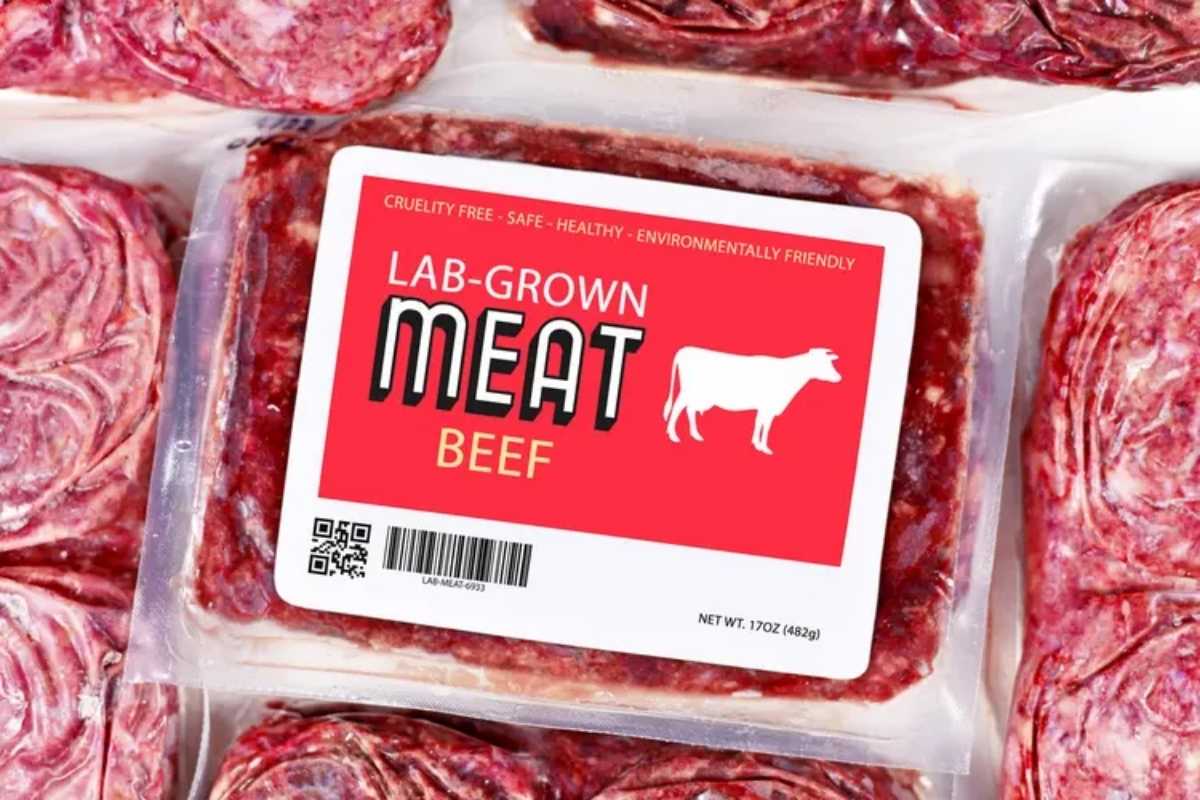As the global population continues to rise, traditional food sources struggle to keep up with demand while maintaining sustainability. Lab-grown meat and edible insects are emerging as viable alternatives that could revolutionize nutrition and food security. But how do these innovations work, and what impact will they have on our diets and the environment?
The Rise of Lab-Grown Meat
Lab-grown, or cultured, meat is produced by cultivating animal cells in a controlled environment. Unlike conventional livestock farming, this method does not require slaughtering animals and significantly reduces the carbon footprint associated with meat production.
How It’s Made:
- Cell Extraction – Stem cells are taken from a live animal through a painless biopsy.
- Cell Cultivation – These cells are placed in a nutrient-rich medium that mimics the animal’s natural environment.
- Growth and Structuring – The cells multiply and are assembled into muscle fibers to resemble real meat.
- Final Processing – The cultivated meat is processed and prepared for consumption.
Benefits:
- Environmental Impact – Produces fewer greenhouse gases and uses less land and water compared to traditional farming.
- Animal Welfare – Eliminates the need for mass animal slaughter.
- Health Considerations – Reduces risks associated with antibiotics and hormones used in livestock.

The Emergence of Insect-Based Nutrition
Insects have long been a staple in many cultures, but they are now gaining popularity in the Western world as an alternative protein source. Packed with essential nutrients, they offer a sustainable solution to global food shortages.
Why Eat Insects?
- High Protein Content – Crickets, mealworms, and grasshoppers contain more protein per gram than beef.
- Sustainability – Insects require significantly less water, feed, and land than traditional livestock.
- Low Environmental Impact – Producing insect protein generates fewer greenhouse gases than cattle farming.
How They’re Used:
- Whole Consumption – Roasted or fried insects are eaten as snacks or delicacies.
- Powdered Form – Ground insects are added to protein bars, smoothies, and baked goods.
- Incorporated in Meals – Used in pasta, burgers, and other everyday foods.
Challenges and Consumer Acceptance
Despite their benefits, lab-grown meat and insect-based foods face hurdles before becoming mainstream.
- Cost – Cultured meat production is still expensive, though prices are expected to decline with technological advancements.
- Cultural Barriers – Many consumers remain hesitant to eat insects due to ingrained dietary habits.
- Regulatory Approvals – Governments are working on regulations to ensure food safety and public trust.

The Future of Food
As research and technology advance, lab-grown meat and insect-based foods will likely become more accessible and widely accepted. These innovations could play a crucial role in addressing global food security challenges while promoting sustainable eating habits.
Lab-grown meat and edible insects are not just futuristic ideas—they are already making their way into our supermarkets and restaurants. By embracing these alternative protein sources, we can contribute to a healthier planet and a more sustainable food system. Are you ready to take a bite into the future of nutrition?


